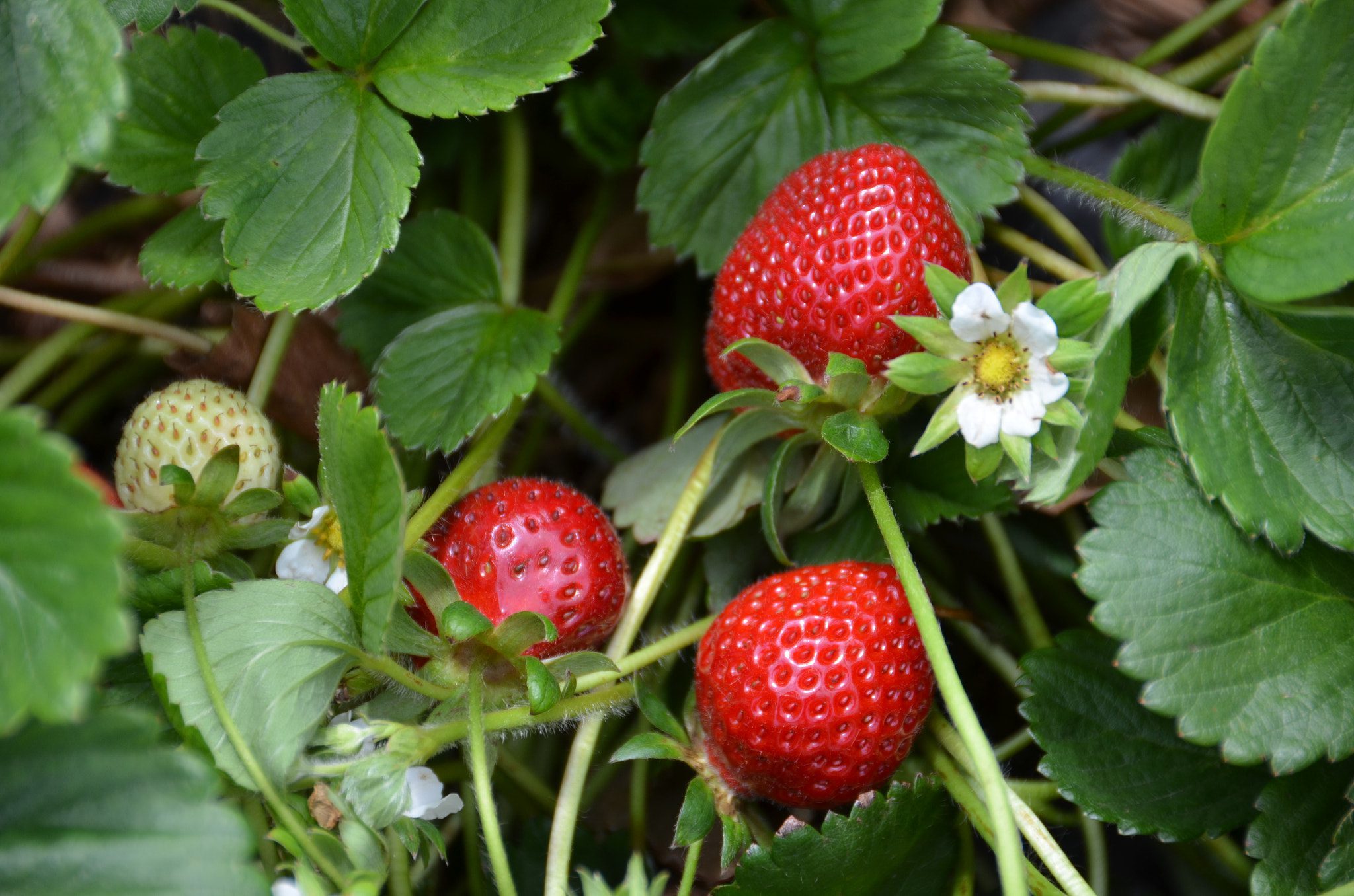No products in the cart.

Firstly, introducing Auscrops, a high-tech market vending company bridging farmers and customers together through market vendors. Click here to find out more about Strawberries Growing Conditions as well fruit and vegetable offers.
Strawberries Growing Conditions
Cultivating a successful strawberry patch is a rewarding experience for many garden enthusiasts. Understanding the optimal growing conditions for these berries is crucial for a bountiful harvest. In this exploration, we’ll navigate through the elements that contribute to a thriving strawberry garden.
The Foundation: Soil Needs
Choosing the right soil is paramount. Strawberries prefer well-draining soil, which prevents waterlogging. Additionally, a slightly acidic pH level, typically between 5.5 to 6.5, serves these plants best. Before planting, enriching the soil with compost can also be beneficial, offering essential nutrients for the young plants.
Sunlight: A Key Player
These plants thrive in sunlight. They require at least six to eight hours of direct sun daily. A sunny location not only aids in growth but also ensures the berries ripen evenly. Furthermore, sunlight boosts the production of sugars in the fruit, leading to sweeter strawberries.
Watering Wisely
While strawberries are fond of moisture, overwatering can be detrimental. Consistent, deep watering is preferred over frequent shallow sprinkles. This method encourages the roots to grow deeper, ensuring a robust and resilient plant. Furthermore, it’s advisable to water early in the day, so the foliage has ample time to dry, reducing the risk of fungal diseases.
Climate Considerations
Strawberries are versatile and can adapt to various climates. Nonetheless, they have a particular fondness for temperate climates. While they can withstand occasional frost, it’s essential to provide protection during colder months. Additionally, there are different strawberry varieties tailored for specific climates, ensuring gardeners can select the best match for their region.
Regular Rotation
A little-known fact about strawberries is the importance of rotating the crop. After a couple of years, it’s a good practice to change the patch location. This rotation helps in reducing soil-borne diseases and pests. Furthermore, giving the soil a break allows it to rejuvenate and become nutrient-rich once again.
Battling Pests and Diseases
Being proactive is the key. Using organic mulches, such as straw or pine needles, can deter slugs and reduce weed competition. Additionally, keeping an eye out for common pests like aphids and taking prompt action can save a season’s harvest.
In conclusion, while strawberries may have specific needs, they’re not overly demanding. With a bit of attention to detail, gardeners can ensure a productive and satisfying strawberry harvest. The joy of plucking sun-warmed, juicy strawberries right from the garden is unparalleled, making all the effort truly worthwhile.
Click here to read similar articles.
 Français
Français 










